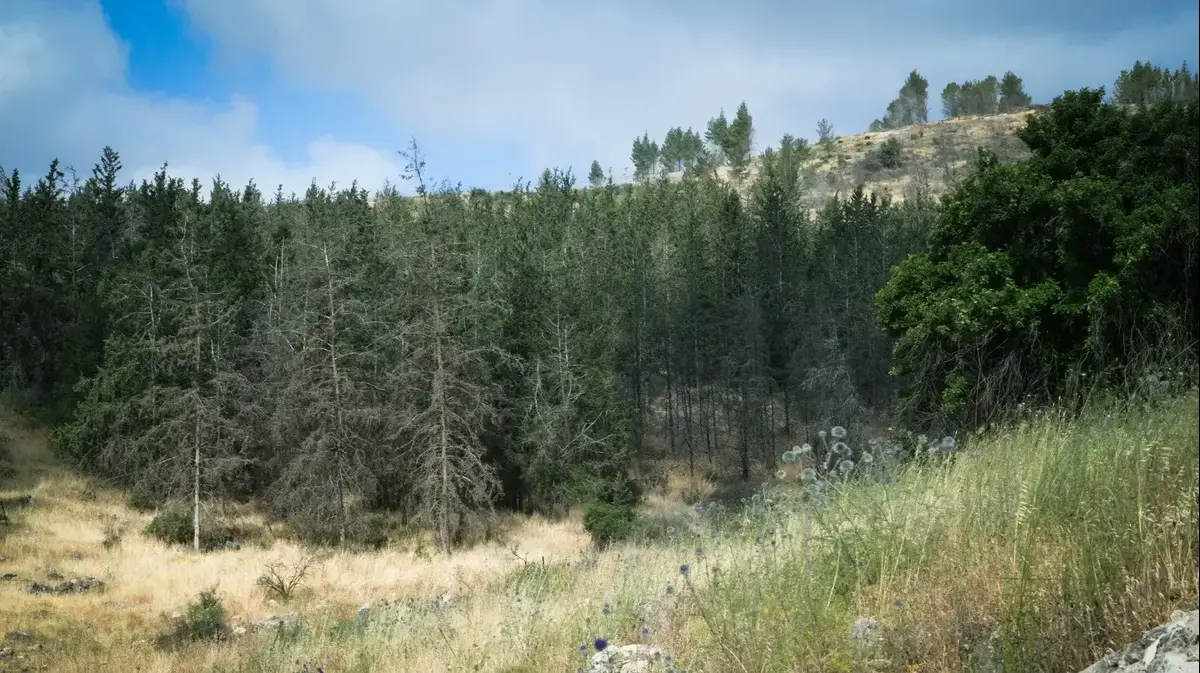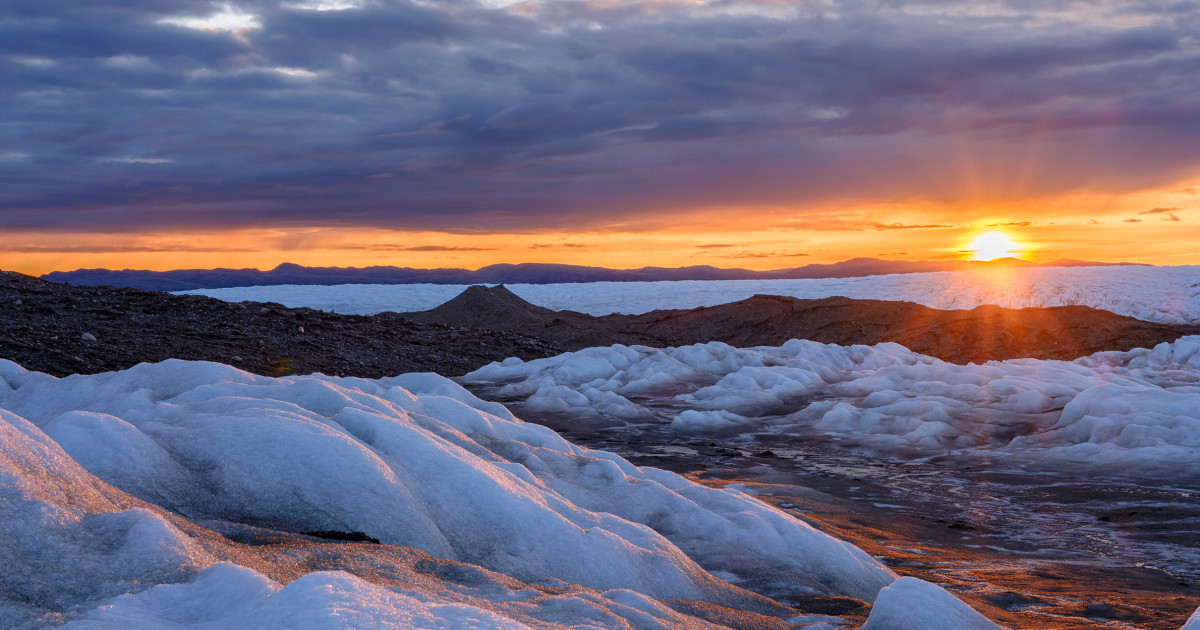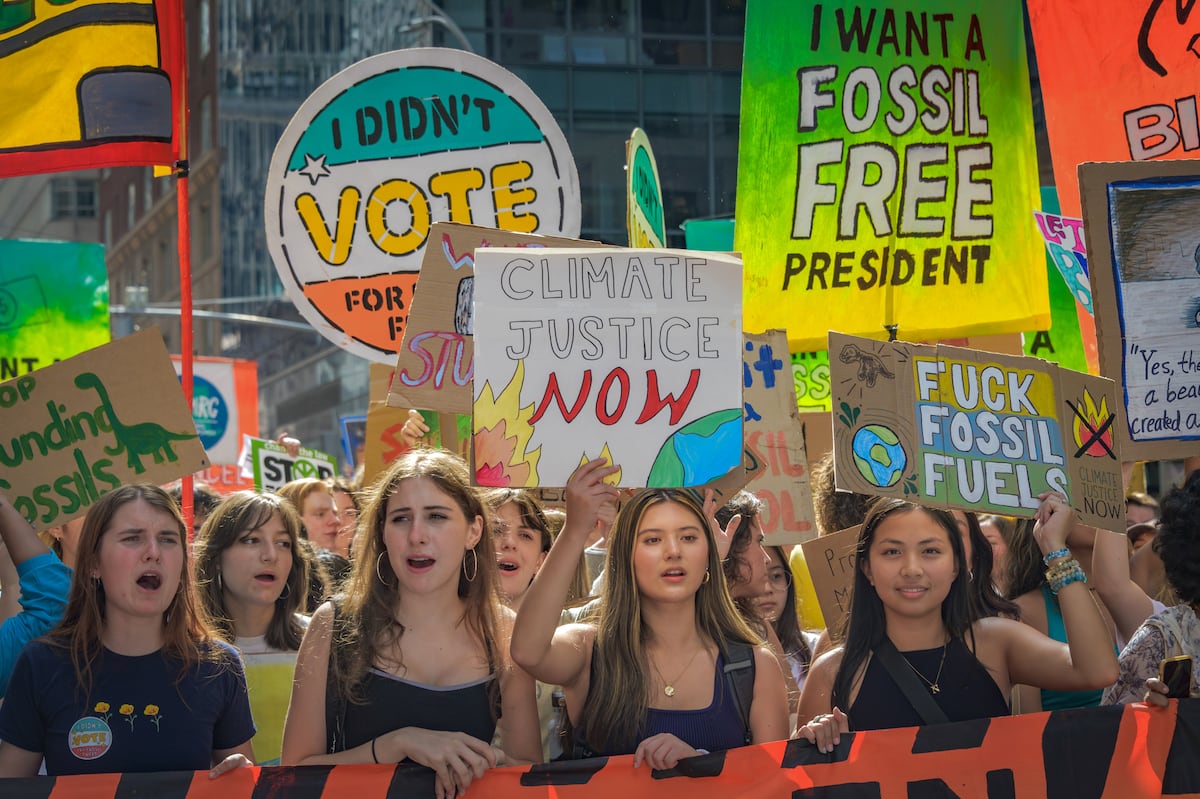The climate crisis is already here, but there is one important way to delay it
According to forecasts, Israel is going to be among the main victims of the global climate crisis, and although there is no way to stop warming, the forests that surround us can actually protect us.
This is how the JNF takes care of them and fights the climate crisis
In collaboration with the JNF
05/06/2022
Sunday, 05 June 2022, 12:03
Share on Facebook
Share on WhatsApp
Share on Twitter
Share on Email
Share on general
Comments
Comments
JNF Forests (Photo: Michael Khoury, JNF Information Center)
Environment Day starting today is an opportunity to talk about one of the most important and urgent issues, which may have been widely discussed in recent years, but it is doubtful whether enough has been done to stop it - the climate crisis.
And if you think that it is still a long way from today until we feel this crisis here, you are probably wrong.
According to all models and forecasts, the climatic situation in the eastern Mediterranean basin, where Israel is located, is expected to be more severe than the global average, which means less precipitation, longer droughts, less water available, increased forest fires due to drought and all this threatens sustainability. And on the resilience of the whole environment, and also of the forests that surround us and guard us.
This is why the JNF, which is celebrating 120 years of activity this year, is investing enormous resources in preserving the forests, which are good for human beings in many ways.
"The issue of the climate crisis and preparing for it is a very central issue in our forest management in Israel. Of course, it has serious implications and threats to the environment, society, the economy and more," says Gilad Ostrovsky And 200,000 dunams (two percent of Israeli territory.)
According to him, the expression of the threat to the forest is expressed in several key things: "Our main concern is the dehydration of trees and dried mortality, whether in planted or natural forests.
In addition, we fear a decline in the natural regeneration of the forest, great difficulty in establishing a new forest with plantings, an outbreak of pests that can damage trees and of course - the fear that arises from more fires, and at higher intensities. "
JNF Forests (Photo: Michael Khoury, JNF Information Center)
The forest is part of the solution to the climate crisis
Ostrovsky's concern is of course clear in the face of increasing drought and heat, but maintaining the forest and encouraging natural regeneration and planting new trees are also a solution to delaying or preventing some of the climate crisis damage.
"We divide tackling the climate crisis into two categories of reference: The first is the recession of change - how do we actually influence the moderation of change? Because we understand that there is no chance of stopping warming, and this is reflected in how to reduce greenhouse gas emissions and slow their rise? The second category is preparedness, that is, how we, given climate change, are preparing for the changes that have happened, and here it is a wider world.
On the recession side, the forest is an important component in carbon fixation in the tree trunk, leaves in the roots and soil.
That is, the forest areas are by nature carbon receptors.
Fuel burning and transportation are for example among the main carbon emissions and conversely, the forest contributes to the recession.
This means that the more forests
there are, the more carbon we fix and the net greenhouse gas emissions are reduced, "Ostrovsky explains.
, It cools the immediate environment of the person, it allows leisure and recreational activities for the issue - hiking, walking, riding and staying.But it also provides us with regulation services.
JNF Forests (Photo: Michael Khoury, JNF Information Center)
What does this actually mean?
"The forest regulates floods," Ostrovsky explains.
"Where there is a forest most of the rain seeps into the ground and then no flooding occurs down the drainage basin and in the cities. It also helps preserve runoff and prevent erosion, prevents flooding of infrastructure and sometimes even damage to life and property. And more importantly, the forest also regulates air pollution And from the air and pollutants and absorbs some of them into it, thus improving the air quality. "
The forest is also used for the restoration of damaged systems and for planting trees and plays an important role in the ecological restoration of the open space.
"Before and after all, it is of great importance to preserve biodiversity - a common concept in the world - an infrastructure that supports human existence," Ostrovsky explains.
The fact that the area is biologically diverse and inhabits trees, shrubs, grasses and animals with winged animals, insects and mammals - it gives health and resilience to the area itself and indirectly also to human life. "
What can be done to preserve the forests?
"This is a very difficult question. But we do a lot of forestry research to understand what interface actions need to be taken to increase the resilience of the forest. We are pruning, thinning, and putting in pasture, and we need to find the right thing to do for each forest individually. "They will support the existence of the forest even in difficult climatic conditions. This is an important issue and a lot of resources are being invested in applied research."
An example of this can be seen in planting and thinning the forests: "One of the critical things in maintaining the forest is determining the correct tree density in terms of water economy in order for the forest to be drought resistant. Once dense pine forests were planted "A tree that is in good condition from a young age will thrive, the landscape of the tree will be wider and it will give more shade and it will also be more resistant to pests," Ostrovsky explains.
Another thing that is perhaps the secret of surviving anything in the world and it does not matter if it is open spaces or cultures, is increasing diversity.
And the forest is no different in that.
"Large variety is robust. That is, if there is a less diverse plot it will be less resistant to pests and drought. If the plot is very diverse the forest's ability to survive will increase. Maybe one species will hurt but the variety says some species will not harm and the forest can be preserved."
"Along with all this we do a lot of ecological surveys, study the area, understand are there any endangered species? Are there any rare species? Do we identify animal activities that need to be supported? And accordingly adjust the interface operations and support forest resilience."
JNF forests (Photo: PR)
Preparing for large fires
The whole issue of preparing for fires is a very important issue in the JNF, which invests in prevention and preparation.
In addition we are making buffer zones in the forest along roads that will allow firefighters to enter safely and put out the fires.
"It reduces both the risk of injury and the spread of the fire," Ostrovsky explains
. The vegetation and topography are also aided by up-to-date information from the Meteorological Service, which prepares maps based on weather. "
The JNF also has a separate firefighting system.
In order to cope and prepare the forest for the aggravating conditions we are also working in the field of improving the tree species.
Locate species of trees that are more resistant to desiccation.
Part of the change is the planting of more variety of Eretz Israel trees such as oak, elm and carob trees that are more heat resistant, and we do this throughout the year. "
For more information on science and climate, click here
Guarding the Earth
Tags
Excursions
The environment







